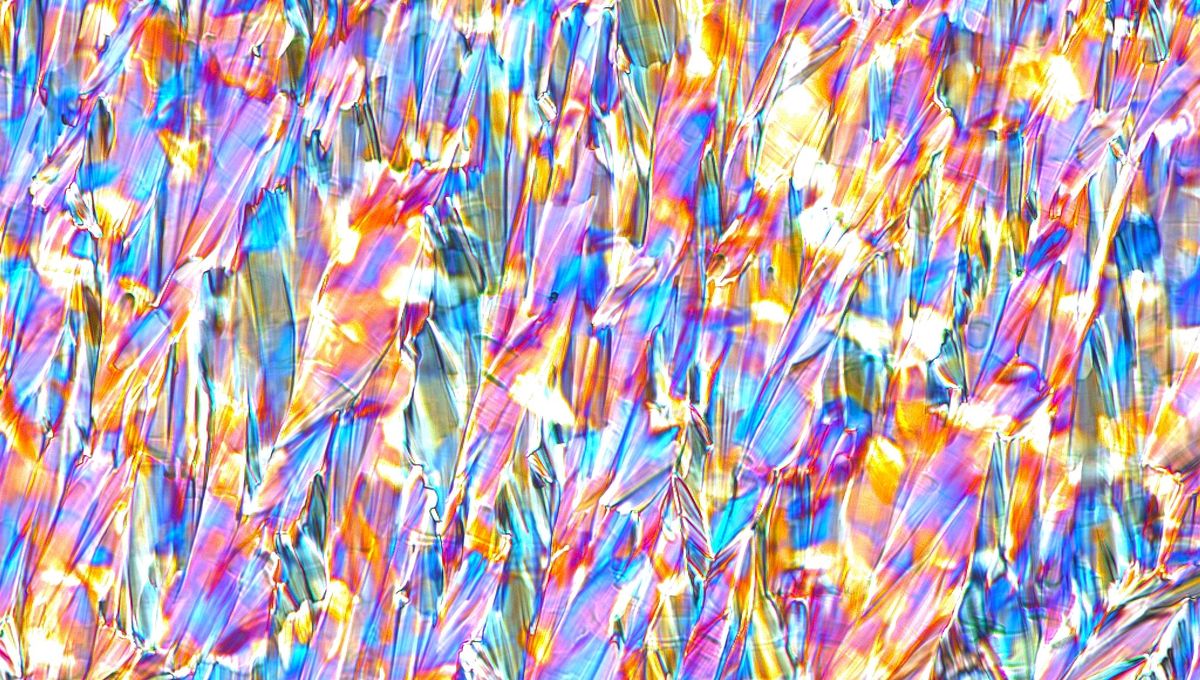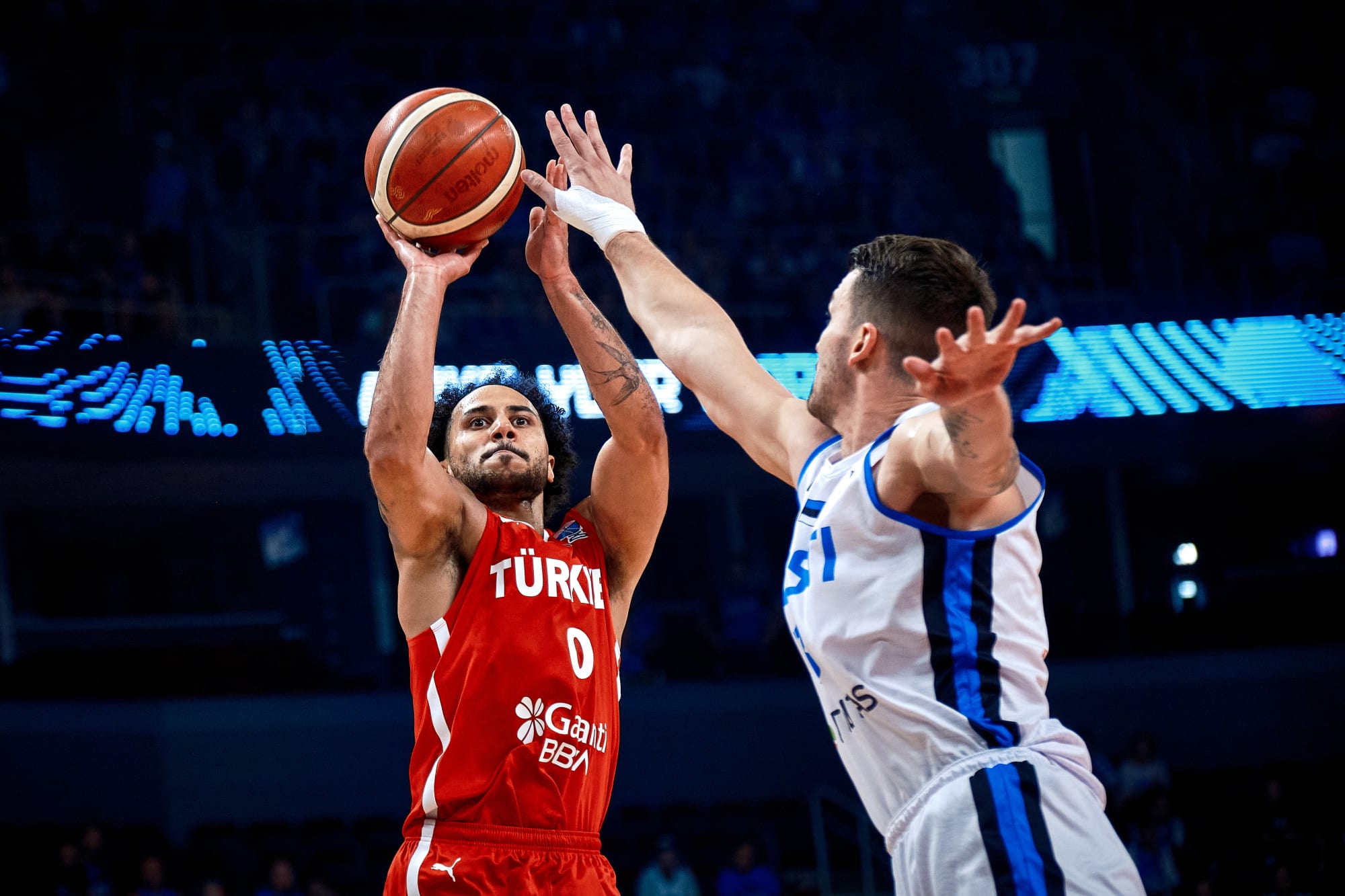The Mega Evolution expansion for the Pokémon Trading Card Game is one of the most anticipated sets in years. With fan favourites like Mega Lucario ex and Mega Gardevoir ex confirmed, hype is driving preorder frenzies across every major retailer.
The U.S. release date is September 26, 2025, while Europe, the Middle East, and Africa will see the set two weeks later on October 10, 2025.
Finding sealed products like these at a fair price is already a challenge. Some stores are holding MSRP, others are inflating prices, and secondary marketplaces have their own dynamics to keep in mind, too.
While we can maybe expect products from this set to be joining Pokémon TCG deals further down the line, huge initial demand will definitely see certain cards become price juggernauts among upcoming crashers and climbers.
To make navigating the preorder chaos as easy as possible, here’s the complete breakdown of where to secure your Mega Evolution boxes, bundles, and packs before launch.
Elite Trainer Box (ETB)
The ETB is the centrepiece of the Mega Evolution set, featuring either Mega Lucario or Mega Gardevoir designs. Each box includes 9 booster packs, card sleeves, dice, and other useful accessories like damage-counter dice and a competition-legal coin-flip die.
- TCGPlayer: Resale prices are already well above retail, averaging $99–$103. Pokémon Center exclusive versions (different art) are listed around $370 and sell out quickly.
- Best Buy: Lists ETBs at $49.99 (MSRP), though stock rotates between “Coming Soon” and “Sold Out.”
- Walmart: Preorders currently not available, but may be back in stock irregularly — but usually slightly above MSRP at listings around $59.99 when in stock.
- Amazon: Currently one listing available at $144.99. Third-party sellers tend to inflate these further, with early listings hitting double MSRP.
For collectors who must have the ETB, Best Buy and Walmart are worth constant refreshing. If reliability matters more, TCGplayer is the most straightforward (though costly) option.
Booster Box (36 packs)
Mega Evolution Booster Box – ME01: Mega Evolution (MEG)
0
The Mega Evolution Booster Box is the go-to for players chasing a large volume of packs in one shot.
- TCGplayer: Currently sits around $312–$347, more than double MSRP but readily available with presale guarantees for Sept. 26.
- Best Buy: Lists the Booster Box at $160.99 (MSRP). Like the ETB, it cycles in and out of availability.
- Walmart: Pricing is inconsistent; listings vary depending on third-party sellers.
- Amazon: Stock shifts in and out of availability, but the the last Booster Display Box we saw was posted at $279.99, nearly $120 above retail.
- Target: Previously available for preorder, but sold out at the time of writing.
If a sealed case is the goal, TCGPlayer and Amazon are the only places with stable stock right now, though both carry heavy markups.
Booster Bundle (6 packs)

Mega Evolution Booster Bundle – ME01: Mega Evolution (MEG)
0
Booster Bundles are smaller sealed boxes containing six Mega Evolution booster packs, positioned as a step between single boosters and larger boxes.
- TCGplayer: Around $59.89–$60.71, more than double MSRP but widely available.
- Best Buy: $26.94 (MSRP), marked as a high-demand preorder item.
- Walmart: None currently available, and later listings may vary, with some past prices close to MSRP and others inflated.
These particular Pokémon TCG bundles often sell out quickly at MSRP, making TCGplayer the safer bet for guaranteed access.
3-Pack Blisters/Booster Bundle
![Mega Evolution 3 Pack Blister [Psyduck] - ME01: Mega Evolution (MEG)](https://afnnews.qaasid.com/wp-content/uploads/2025/09/644357-in-1000x1000-1756676819584.jpg)
Mega Evolution 3 Pack Blister [Psyduck] – ME01: Mega Evolution (MEG)
0
Blisters are a long-standing favourites for casual collectors and kids, bundling three booster packs with a promo card.
- TCGplayer: Around $39.31–$39.79, more than double retail but available if Walmart sells out
- Walmart: Preorders live at $15.87, shipping by release day, making it one of the best live deals right now.
- Best Buy: $13.99 (MSRP) but flagged as “Coming Soon.”
![Mega Evolution 3 Pack Blister [Golduck] - ME01: Mega Evolution (MEG)](https://afnnews.qaasid.com/wp-content/uploads/2025/09/644356-in-1000x1000-1756677119911.jpg)
Mega Evolution 3 Pack Blister [Golduck] – ME01: Mega Evolution (MEG)
0
Sleeved Booster Packs
![Mega Evolution Sleeved Booster Pack Art Bundle [Set of 4] - ME01: Mega Evolution (MEG)](https://afnnews.qaasid.com/wp-content/uploads/2025/09/644355-in-1000x1000-1756678359189.jpg)
Mega Evolution Sleeved Booster Pack Art Bundle [Set of 4] – ME01: Mega Evolution (MEG)
0
Single-sleeved boosters are the cheapest way to buy in, usually priced around $4–$5.
- TCGplayer: Available in presale form, averaging at higher amounts, ranging around $12.95 each — also meaning they’re more steadily available. The $60+ set of four will also save you money on delivery if you’re aiming to buy more than one.
- Best Buy: Listed at $4.49 (MSRP) with availability fluctuating.
- Walmart: Sleeved boosters appear intermittently, with none are available at the time of writing. Prices can vary if sold by third parties.
- Target: Previously available at MSRP, but sold out at the time of writing.
These are low-margin products for retailers outside of TCGplayer, so availability tends to vanish fast.

Mega Evolution Sleeved Booster Pack – ME01: Mega Evolution (MEG)
0
Build & Battle Boxes

x10 Mega Evolution Build & Battle Box Display – ME01: Mega Evolution (MEG)
0
Build & Battle products include four booster packs and a 40-card deck, great for local pre-release play.
- TCGplayer: Along with readily available standard boxes for $53.39, larger Build & Battle Box displays (10 units) are listed at around $589.99.
- Walmart: Currently sold out, but listed at $59.99, a steep markup compared to their usual $19.99–$24.99 price range.

Mega Evolution Build & Battle Box – ME01: Mega Evolution (MEG)
0
Mega Heroes Mini Tin

Mega Heroes Mini Tin
8
- TCGplayer: No listings currently available, but market value for certain SKUs listed at $49.99 — around five times MSRP. Listings are likely to appear here soon.
- Best Buy: Only retailer with a listing at MSRP, but currently out of stock.
- Walmart: Previously available, but no unlisted — may appear again ahead of launch.
Extra Need-to-Knows on Scoring Mega Evolution cards
Every major item in the Pokémon TCG’s Mega Evolution expansion is either up for preorder or will be surfacing more soon at retailers as we get closer to its September 26 release date. Getting MSRP (or around it) can be possible at Best Buy and Walmart if you’re fast, while TCGplayer remains the most consistent — albeit more expensive — source for every sealed product type.
Amazon, meanwhile, continues its trend of inflated third-party listings, with Booster Boxes already at nearly $280.
With demand surging and allocations already under pressure, the safest move is to lock in preorders now, whether through TCGplayer’s stable secondary market or by constantly refreshing Best Buy and Walmart listings for MSRP opportunities.
While Amazon UK has been known to counter this with invitational lotteries, like for the Destined Rivals ETBs, letting you sign up and be hopefully chosen at random to buy ETBs and boosters at MSRP, the inflated Wild West-like prices are often still the only way to get them at Amazon US.
Prime shipping and return protections are convenient, but the reliance on third-party sellers creates a market where prices can spiral quickly. Unless convenience outweighs cost, Amazon should be among your last stops for preorders, as far as availability at other retailers currently goes.
With allocations expected to be tight and demand surging, the Mega Evolution set is shaping up as one of the most competitive preorder chases of the year. Whether you choose to gamble on catching an MSRP restock at Best Buy, secure a reasonably priced blister from Walmart, or lock in a sure bet on TCGplayer, acting early is the best strategy to avoid overpaying later.
Ben Williams – IGN freelance contributor with over 10 years of experience covering gaming, tech, film, TV, and anime. Follow him on Twitter/X @BenLevelTen.









